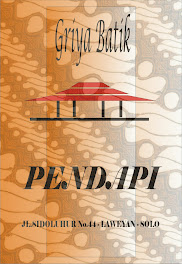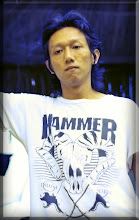Kampoeng Batik Laweyan placed at west part of Solo. Solo is about in the center of Java and in the center of Central Java. This position is very strategic and the best assets for trading and industry.
Kampoeng Batik Laweyan is a village that having 24.83 hectare territory and about 2.500 citizen living on it. Laweyan is the oldest Kampoeng Batik in Indonesia.
Laweyan’s Batik merchant existancy was so famous especially Golden Era while KH Samanhudi lived on 1911. As the changing years, Laweyan’s Batik Era having so many up and down history up to now.
Challenging the dinamic and competitive globalization, on 2004 formed an organization called as Kampoeng Batik Laweyan Development Forum (FPKBL = Forum Pengembangan Kampoeng Batik Laweyan). FPKBL formed from many Laweyan ‘s citizen element to optimized and build all Laweyan potential source to raised again and prepare for the globalization era.
The first step to make every endeavor to potential source is build a Disposal Process Instalation of Batik Disposable Water (IPAL= Instalasi Pengolahan Air Limbah). Now all batik factory in Laweyan dispose their dispose water to IPAL to process become non toxic and safe to environment.
Next project, on 2006 Kampoeng Batik Laweyan has started revitalization project, Step 1, built infrastructure for example, shelter, billboard, plant fences, decorate lamp pole and batik’s ornament in every crossing at Sidoluhur Street.
This infrastructure made Kampoeng Batik Laweyan more interesting, more informative and more beautiful, so the wish to make Kampoeng Batik Laweyan as the batik’s tourism cluster could be reached quickly.
That’s briefly description of Kampoeng Batik Laweyan. For more information click the left buttons.
 aweyan Mosque
aweyan Mosque







